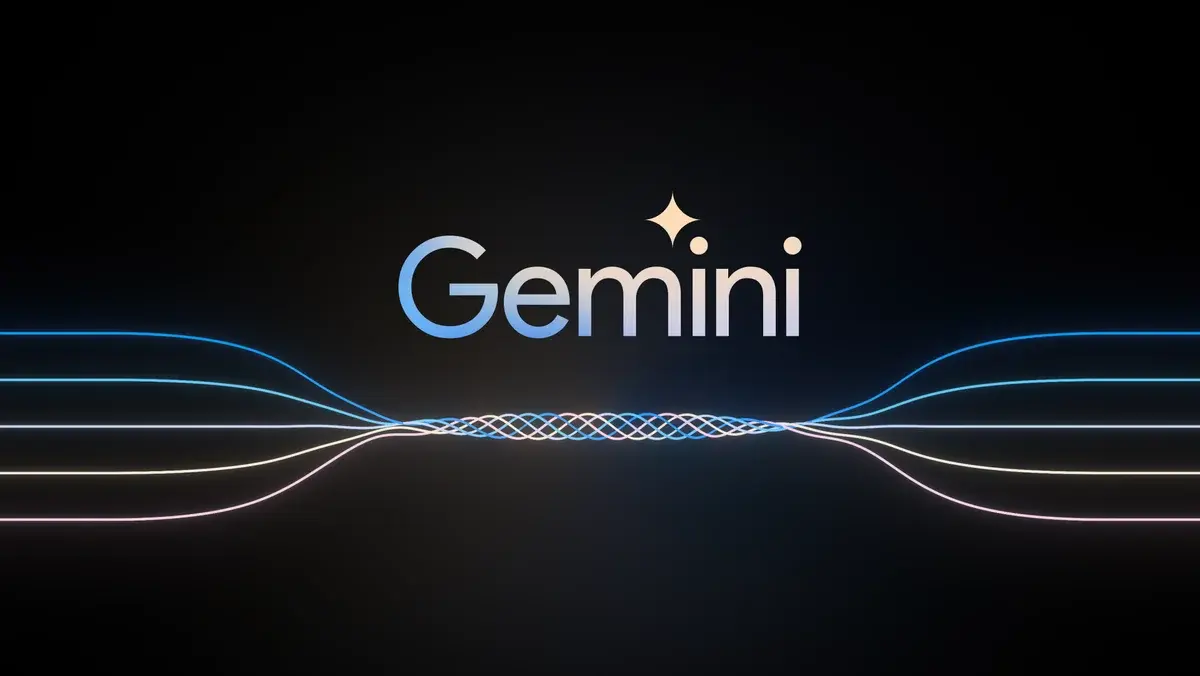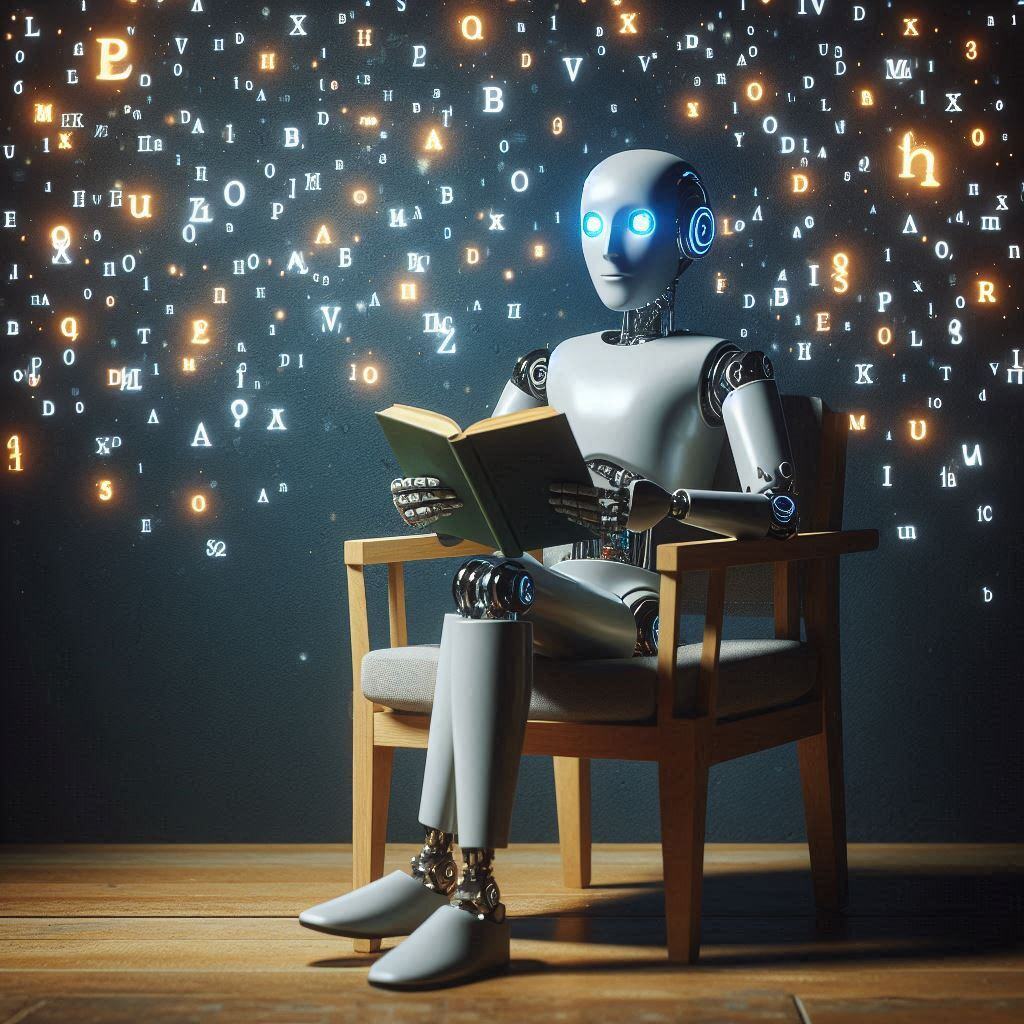What is Google Gemini AI?
Google Gemini AI is a powerful artificial intelligence platform developed by Google to enhance various applications and services with advanced...
Learn what Google DeepMind’s Imagen 3 is, its core features, and how it sets new standards in AI text-to-image generation with photorealistic outputs.
Imagen 3 is Google DeepMind’s latest advancement in text-to-image generation technology, positioning itself as a leader among modern models like DALL·E 3, MidJourney v6, and Stable Diffusion XL. It’s engineered to deliver exceptional image quality by effectively translating even the most intricate and lengthy text prompts into photorealistic visuals. Unlike earlier models, Imagen 3 stands out for its precision in both visual aesthetics and prompt alignment, making it ideal for creative and professional applications that demand a high degree of detail.
Imagen 3 is built on a latent diffusion model architecture—a design choice that optimizes the model’s capacity to handle large-scale image generation tasks. Diffusion models work by iteratively refining a low-resolution draft of an image into a high-quality final output. Each refinement step focuses on enhancing specific aspects of the image, such as colors, textures, and spatial relationships, until the model reaches the specified resolution (typically 1024x1024 pixels for Imagen 3).
Complex Prompt Handling and Fidelity
A key challenge in text-to-image models is achieving high fidelity to complex prompts that include multiple objects, detailed backgrounds, and specific stylistic instructions. Imagen 3 excels in this area by using a more nuanced understanding of textual inputs, allowing it to generate visuals that reflect even the subtlest details.
For example, in controlled benchmarks against its peers, Imagen 3 demonstrated higher accuracy in generating images that include precise spatial arrangements and object counts. This is a critical feature for industries like digital advertising and concept art, where accurately depicting complex scenes can make or break a project.
High-Resolution Outputs and Multi-Stage Upsampling
Imagen 3 generates images at 1024x1024 pixels natively and supports upsampling up to 8x, which translates into resolutions exceeding 8000x8000 pixels. This multi-stage upsampling process ensures that even when images are scaled, they retain their sharpness and visual coherence—an advantage when creating large-format visuals or detailed print media.
Advanced Spatial and Numerical Reasoning
Imagen 3 has made strides in generating images that accurately depict specific quantities or spatial relationships between objects. For instance, it performs well in scenarios like “a group of six apples arranged in a circle with a seventh apple in the middle,” where other models may struggle to maintain the exact number of objects or their spatial layout.
This capability makes Imagen 3 a preferred choice for applications in advertising, product design, and any use case that involves precise visual configurations.
When evaluated against models like DALL·E 3, MidJourney v6, and Stable Diffusion XL, Imagen 3 consistently ranked higher in the following key areas:
Prompt-Image Alignment: Imagen 3 achieved a higher Elo score in side-by-side comparisons on complex prompts, indicating stronger adherence to the given text description. In particular, it excelled in capturing nuanced prompts like “a detailed cityscape at dusk with glowing neon signs and reflections on wet pavement.”
Visual Appeal and Photorealism: While MidJourney is often praised for its stylistic flexibility, Imagen 3’s strength lies in photorealism, making it ideal for applications requiring lifelike representations, such as marketing visuals or simulation environments.
Detailed Object Representation: Imagen 3 scored the highest in generating images with a specified number of items or complex compositions. For instance, it outperformed other models in rendering scenes that required multiple objects to be placed at varying distances with distinct features, such as “five blue cars and three red cars parked in front of a brick building.”
Imagen 3’s unique strengths make it an excellent tool for various professional applications:
Digital Advertising and Marketing
The ability to generate photorealistic visuals that align perfectly with complex marketing briefs makes Imagen 3 a valuable asset for creative agencies. Marketers can use it to generate custom visuals for social media, websites, and ad campaigns, cutting down on production costs and timelines.
Film and Game Concept Art
Concept artists can use Imagen 3 to quickly visualize scenes based on written descriptions, iterating faster on visual ideas without the need for traditional drawing or 3D modeling.
Educational Content Creation
Teachers and instructional designers can leverage Imagen 3 to create custom visual aids, simplifying complex subjects with imagery that accurately reflects educational prompts.
While Imagen 3 sets a new bar for text-to-image models, it is not without limitations:
Looking ahead, research is likely to focus on enhancing the model’s ability to handle these edge cases, further improving the range and versatility of its outputs.
Imagen 3 is a powerful, advanced text-to-image generation model that combines high fidelity, spatial understanding, and robust prompt alignment to produce visually stunning images. With its unique strengths in generating photorealistic content from detailed descriptions, it stands out as a go-to tool for creative professionals and researchers alike.

Google Gemini AI is a powerful artificial intelligence platform developed by Google to enhance various applications and services with advanced...

Large Language Models (LLMs) like GPT-4 have changed the way we think about artificial intelligence. While they started by handling text, they’ve now...

The ability to generate images from text has become a groundbreaking tool for businesses and creatives alike. From marketing campaigns to game...
Start your journey with Integrail

Try AI Studio by Integrail FREE and start building AI applications without coding.

NEW White Paper: Discover how AI Studio accelerates your workflows